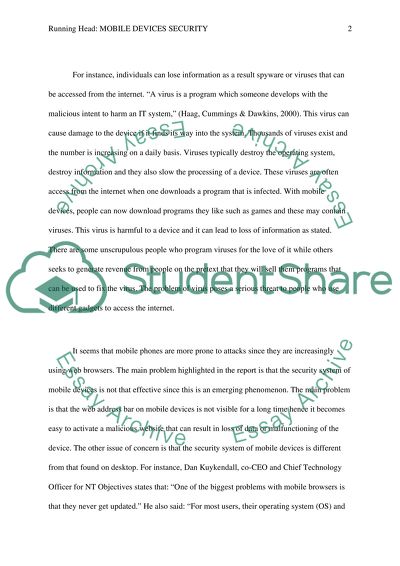Cite this document
(“Case Study 3: Mobile Devices Security Essay Example | Topics and Well Written Essays - 2000 words”, n.d.)
Retrieved from https://studentshare.org/information-technology/1487557-case-study
Retrieved from https://studentshare.org/information-technology/1487557-case-study
(Case Study 3: Mobile Devices Security Essay Example | Topics and Well Written Essays - 2000 Words)
https://studentshare.org/information-technology/1487557-case-study.
https://studentshare.org/information-technology/1487557-case-study.
“Case Study 3: Mobile Devices Security Essay Example | Topics and Well Written Essays - 2000 Words”, n.d. https://studentshare.org/information-technology/1487557-case-study.


